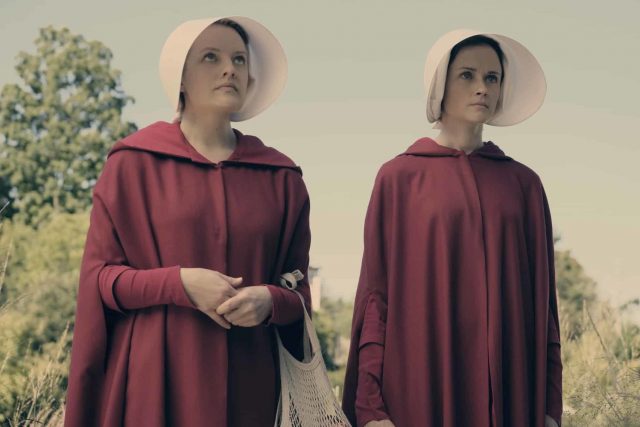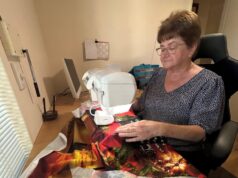
The Handmaid’s Tale cemented itself as one of the top television shows in years when it received eight Emmy Awards earlier this year, but while the screen adaptation was a top-quality production it did not outshine the 30-year-old novel of the same name.
Set in the United States during the 1980s following a hard-line religious takeover of the government, The Handmaid’s Tale novel follows protagonist Offred as she comes to terms with the new world order.
Thrown into a society tightly bound by literal interpretations of the bible, where women strictly exist as the property of men and whose only responsibility is to be fertile, Offred – literally Of Fred – is forced to forget her past and accept her life as a Handmaid within the house of a high-ranking official, his wife and their servants.
A handmaid is not dissimilar to a slave; minimal food, no freedom and extreme punishment for the mildest of transgressions.
Caught in a world she has little knowledge of, Offred struggles to come to terms with the new socio-political system and despite the attempts to indoctrinate her, behind her shut lips, quiet steps and complete subservience to her masters she silently longs for the daughter and husband she once had.
The two versions of The Handmaid’s Tale differ in a number of ways and while the modern version portrays the oppressive society as being strict, its characters still have a chance to have limited communication other than official orders – something strictly prohibited in the book.
The television adaptation also changes a number of key elements in the story in order to make it more appealing to viewers, but that has a noticeable impact on the progress of the narrative and how characters develop.
The occasional colour used on television is seldom used in the novel, which can make it an exhausting read, but this novel is much more 1984 than it is Animal Farm.
Author Margaret Atwood expertly draws her readers into a hellish society, creating a legitimate angst which forces the reader to decide whether to put the novel down to escape it or to read on and find out how dark society can become.
The Handmaid’s Tale in novel and television form are both top-grade narratives, with neither trumping the other in terms of quality or intrigue.
Importantly, they differ enough to make them both worthy of investigation.
The Handmaid’s Tale can be found at most bookstores and the television adaptation is available for free online at sbs.com.au/ondemand.













